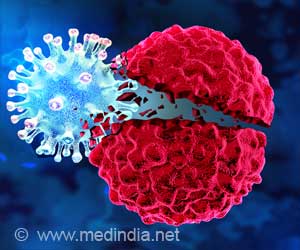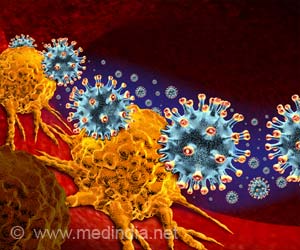On going study with radioactive version of scorpion venom protein showed possibilities of treating brain gliomas.
On going study with radioactive version of scorpion venom protein showed possibilities of treating brain gliomas.
Scientists at the Transmolecular Corporation, Cambridge have developed a radioactive version of a protein resembling the yellow Israeli scorpion venom protein named TM-601, as a safer and different way to destroy proliferating brain cancer cells.Responding to this urgent problem, scientists at the Transmolecular Corporation in Cambridge, Massachusetts created a radioactive version of this scorpion venom. Called TM-601, it contains an artificial version of the venom protein, attached to a radioactive substance called iodine-131 (I-131). When it enters the bloodstream, the compound attaches to the glioma cells, then the I-131 releases radiation that kills the cell.
This compound has enabled an experimental treatment for high-grade gliomas, found in 17,000 people in the US every year and usually causing death in the first year of diagnosis. Patients would simply be injected with the compound in an outpatient procedure, without needing chemotherapy or traditional radiotherapy. The first, early human trials of the venom therapy showed promising signs for treating the tumor and prolonging survival rates for patients.
At the Health Physics Society meeting this week in Providence, Rhode Island, Alan M. Jackson of the Henry Ford Health System in Detroit will report that he and his colleagues recently established safe procedures for the therapy, currently in the second sequence of phase-II human trials, which involve higher doses of radiation than the earliest trials.
‘The health physicist has the duty to ensure that these therapies are conducted both legally and safely,’ Jackson says. ‘Obviously, a key objective is to bring these patients home and to ensure that their loved ones and the environment are properly protected.’
In the trials, one group of patients received the therapy three times over three weeks, while the other group received the therapy 6 times over 6 weeks. Each group received the same dose of radioactive iodine per week, 40 millicuries (mCi). According to Jackson, this is not tremendously high compared to a thyroid cancer treatment, in which patients receive up to 200 mCi in a single treatment.
Advertisement
When the patient returns home several hours after the procedure, there are radiation doses to any family members at home due to the presence of radiation in the patient's body. Such radiation exposures to family members, Jackson found, are low and comparable to those from a family member receiving standard thyroid cancer therapy.
Advertisement
Source: Eurekalert











